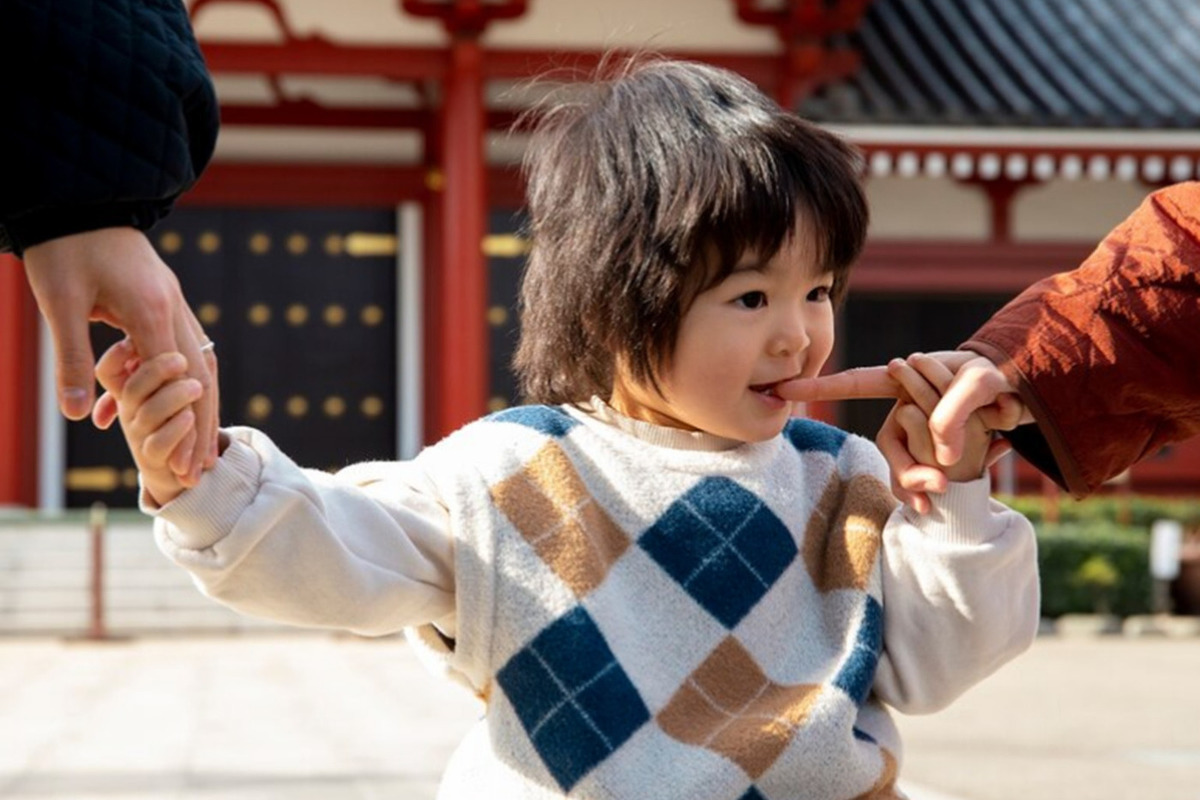Named one of the most expensive places in the world for spending on children
[ad_1]

The cost of raising children in China, according to the think tank, is recognized as the second highest in the world.
Costs and the challenge of balancing work and family life are key factors in the decline in fertility and population decline, writes The Guardian.
China is one of the most expensive places in the world to raise a child, ahead of the US and Japan in relative terms, a prominent Chinese think tank has said.
A report published on Wednesday by the Beijing YuWa Demographic Research Institute said the average cost of raising a child in China until they are 18 is 538,000 yuan (£59,275), more than 6.3 times its GDP per capita, compared to 4.11 times in the US or 4.26 times in Japan.
For children raised in Chinese cities, the average cost rises to 667,000 yuan (£73,488).
In Australia, researchers found that the cost of raising a child is 2.08 times the average GDP per capita. China is second only to South Korea, which has the world’s lowest birth rate.
The report also looked at the opportunity costs borne primarily by mothers of having children. Between 2010 and 2018, the weekly time spent by parents helping their elementary school-aged children with homework increased from 3.67 hours to 5.88 hours.
Mothers typically lose paid work time and leisure time as a result of raising children. Fathers only lose free time, notes The Guardian.
“Due to reasons such as the high cost of childbearing and the difficulty for women to balance family and work, the average readiness of Chinese people to conceive… is almost the lowest in the world,” the researchers concluded. “Fertility readiness” refers to what people consider to be the ideal number of children, which in China is less than two, according to several surveys.
The study was led by Liang Jianzhang, a prominent businessman who is also a professor of economics at Peking University.
Last year, China’s population fell for the second year in a row, heightening government concerns about supporting an aging cohort of people while the number of workers declines.
The number of births in 2023 was just over 9 million, about half the number in 2016.
Women are increasingly likely to delay or forego motherhood due to the negative impact it has on their careers and finances. In 2017, the government abandoned a decade-long one-child policy and now encourages women to have up to three children. Some provinces have removed any restrictions on the number of children a household can enroll.
Lijia Zhang, a writer working on a book about Chinese women’s changing attitudes toward marriage and motherhood, said high education and housing costs make raising children financially difficult. “Many women I interviewed said that they simply could not afford to have two or three children. Some can handle it, others don’t even want to bother with it.”
Zhang added: “Another equally important factor is a change in attitude. Many urban and educated women no longer view motherhood as a necessary stage in life or a necessary ingredient for happiness.”
Several local governments in China have introduced measures in an attempt to boost fertility, from cash subsidies for additional children to discounts on IVF. Superstitious politicians hope the year of the dragon moon, which began on February 10, could lead to a rise in birth rates as parents plan to give birth to an auspicious dragon child.
But so far, government incentives have had little effect on the stubbornly falling birth rate, The Guardian notes.
The YuWa report concludes: “The decline in fertility will have a profound impact on China’s economic growth potential, innovation activity, people’s happiness index and even national revival… The fundamental reason why China has almost the lowest fertility rate in the world is that it almost the highest cost of fertility in the world.”
[ad_2]
Source link






